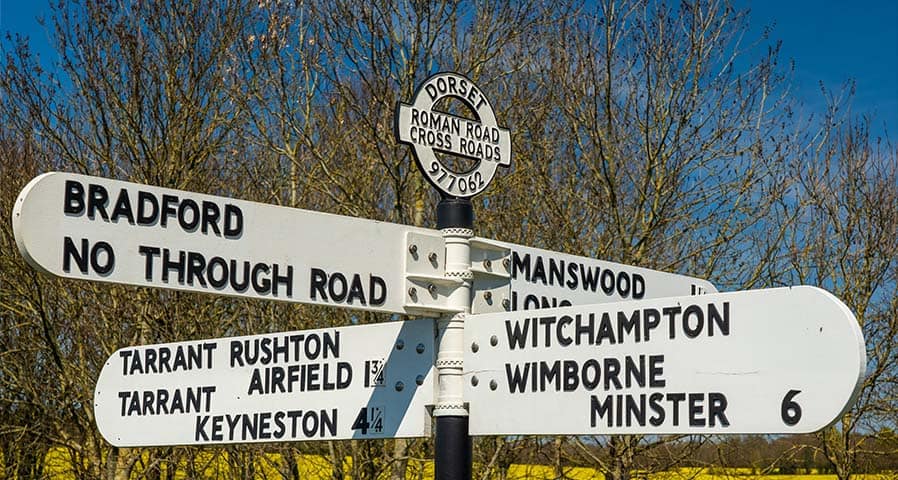1. Identification Wayfinding Signage
The most common type of sign is identification wayfinding signage. These signs serve as wayfinding landmarks and let an individual know they are at their intended destination.
Identification wayfinding signs help consumers get their bearings. They can provide directions to sales and other locations in the establishment. For example, if you are looking for restrooms you can follow the signs.
Identification signage should be simple and only take seconds to understand. Typically, you will find these types of wayfinding signs adjacent to a doorway.
Some examples of identification wayfinding signage include:
- Door plaques
- Departmental markers (Sales, Checkout)
- Landmark Signage
- Restroom markers
Did you know we have a signage education center? We take a deep dive into everything you need to know about signage, including maintenance, installations, removals, different types of signage and their usages, and so much more. To view our Signage Education Center, click here.
2. Directional Wayfinding Signage
Directional wayfinding signage helps individuals find where they are going. These types of signs work best in areas without a clear directional flow. The signage should be continuous, especially in larger spaces. You don’t want consumers getting lost and frustrated when they are searching for a specific location.
The signage can be simple plaques providing left or right directions. Other times, it’s a continuous colored line on the floor.
A few examples of directional wayfinding signage are,
- Junction signs guiding individuals left or right
- Colored lines on the floor
- Directional signage, often indicating which floor a department or individual is located on
3. Informational Wayfinding Signage
Unlike identification wayfinding signage, informational signs apply to the overall facility. Informational wayfinding signage gives consumers the basic details necessary to navigate the space.
Informational wayfinding signage works best in areas with plenty of exposure. Think of waiting rooms, lobbies, atriums, and entrances. The signs should answer questions like the location of restrooms or an elevator. The signage can also display business hours.
Examples of informational wayfinding signage include,
- Amenities and accommodations
- Facilities locations
- Business information
4. Regulatory Signage
Regulatory signage focuses on liability and safety concerns. The signage sets boundaries about what is and isn’t acceptable in the facility.
The signs are typically big and bold, displaying a concise and prominent message. For example, Caution! High Voltage! sign will deter most people from entering the area. Handicap signs are another example of regulatory signage.
Other examples of regulatory signage are,
- Rules and regulations (no pets, no smoking)
- Compliance standards
- Access control
- Exit signage
Using Different Types of Wayfinding Signage
You do not want to stick with one type of wayfinding signage. It works best when the different types are used together. Regulatory signage keeps visitors out of restricted areas while directional signage helps them safely find their destination. Combining identification and directional signage lets individuals know where they are so they can follow directions to where they want to go.
A tip to remember is to keep the wayfinding signage simple. You are only imparting a single, short message. People should be able to look at the sign and understand the message within a few seconds.
Contact us to learn more about our wayfinding signage services, by calling 610-558-9773, email [email protected], or schedule a call by clicking the button below.







































0 Comments